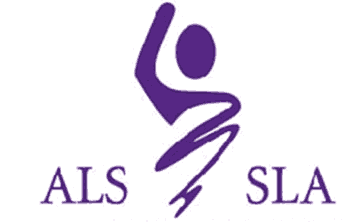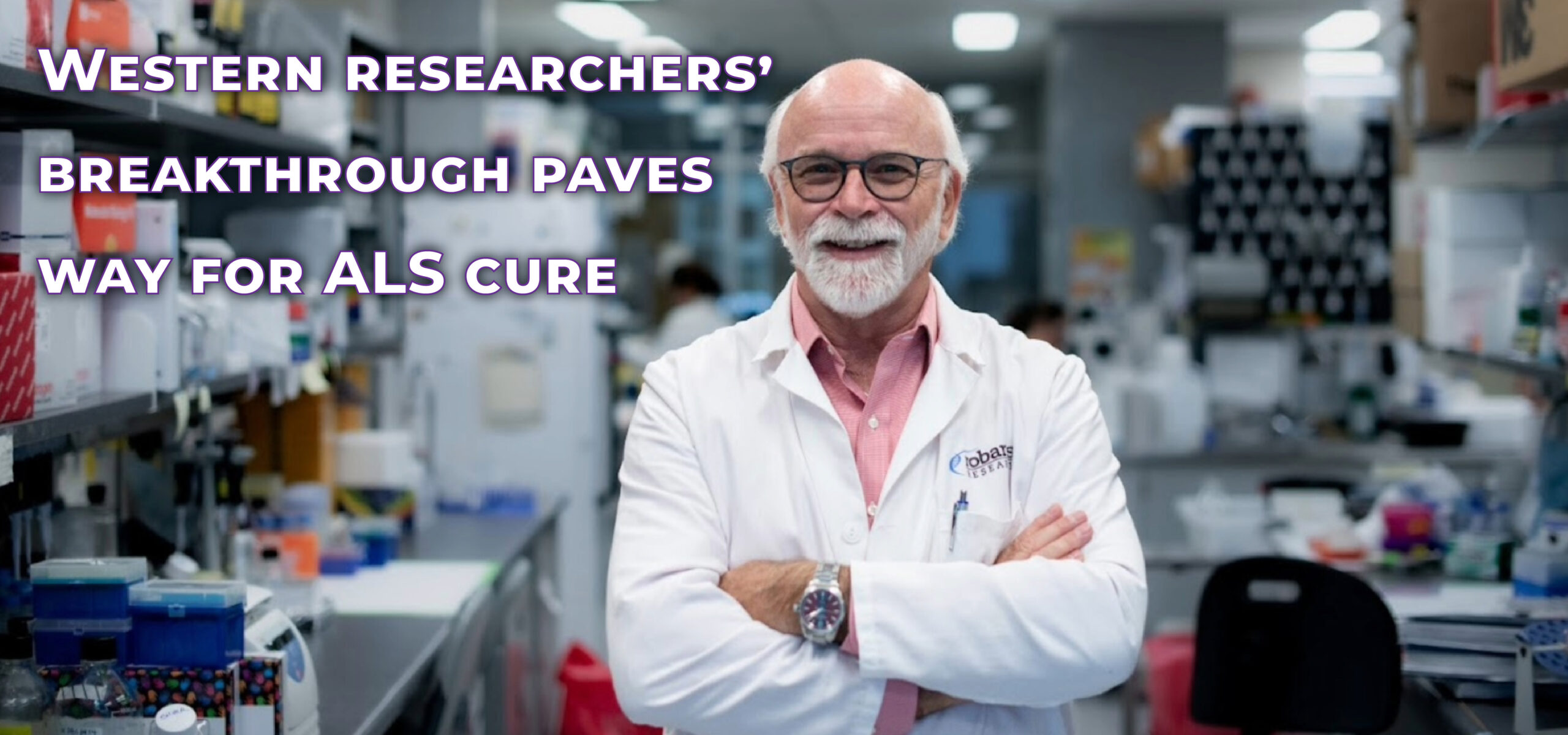Dr. Michael Strong and his team at Western University have made a significant discovery that could pave the way for an ALS cure. Funded by the Temerty Foundation, their research has identified a protein interaction that may prevent nerve cell death, a characteristic of ALS.
ALS, also known as Lou Gehrig’s disease, is a neurodegenerative condition causing muscle wastage, paralysis, and death. Patients typically live only two to five years post-diagnosis.
The study, published in the journal Brain, reveals that targeting the interaction between two proteins, TDP-43 and RGNEF, can halt or reverse ALS progression. A fragment of RGNEF, named NF242, mitigates the toxic effects of TDP-43, reducing nerve cell damage.
This discovery could lead to treatments for ALS and related neurological conditions like frontotemporal dementia. It represents a potential game-changer in the field.
The Temerty Foundation’s $10 million investment over five years aims to advance this research into clinical trials. Their total contribution to neurodegenerative disease research at Western is $18 million.
With the support of the Temerty Foundation, Dr. Strong’s team is working towards bringing their potential treatment to human clinical trials within five years, offering new hope for ALS patients.
Pictured Below: Dr. Michael Strong, Arthur J. Hudson Chair in ALS Research at Western’s Schulich School of Medicine & Dentistry, has discovered a protein that could lead to a treatment for ALS. (Allan Lewis/Schulich School of Medicine & Dentistry)

